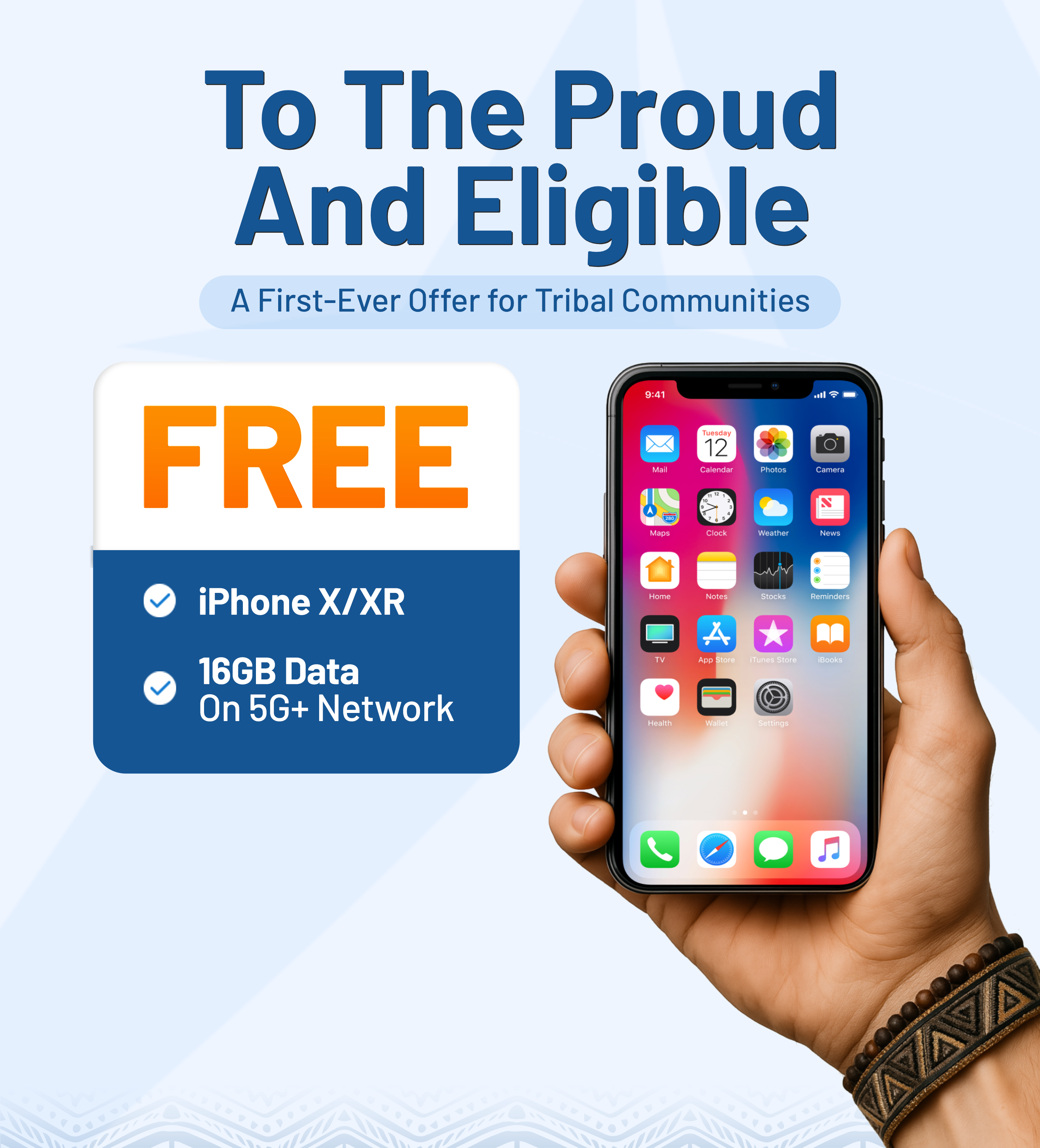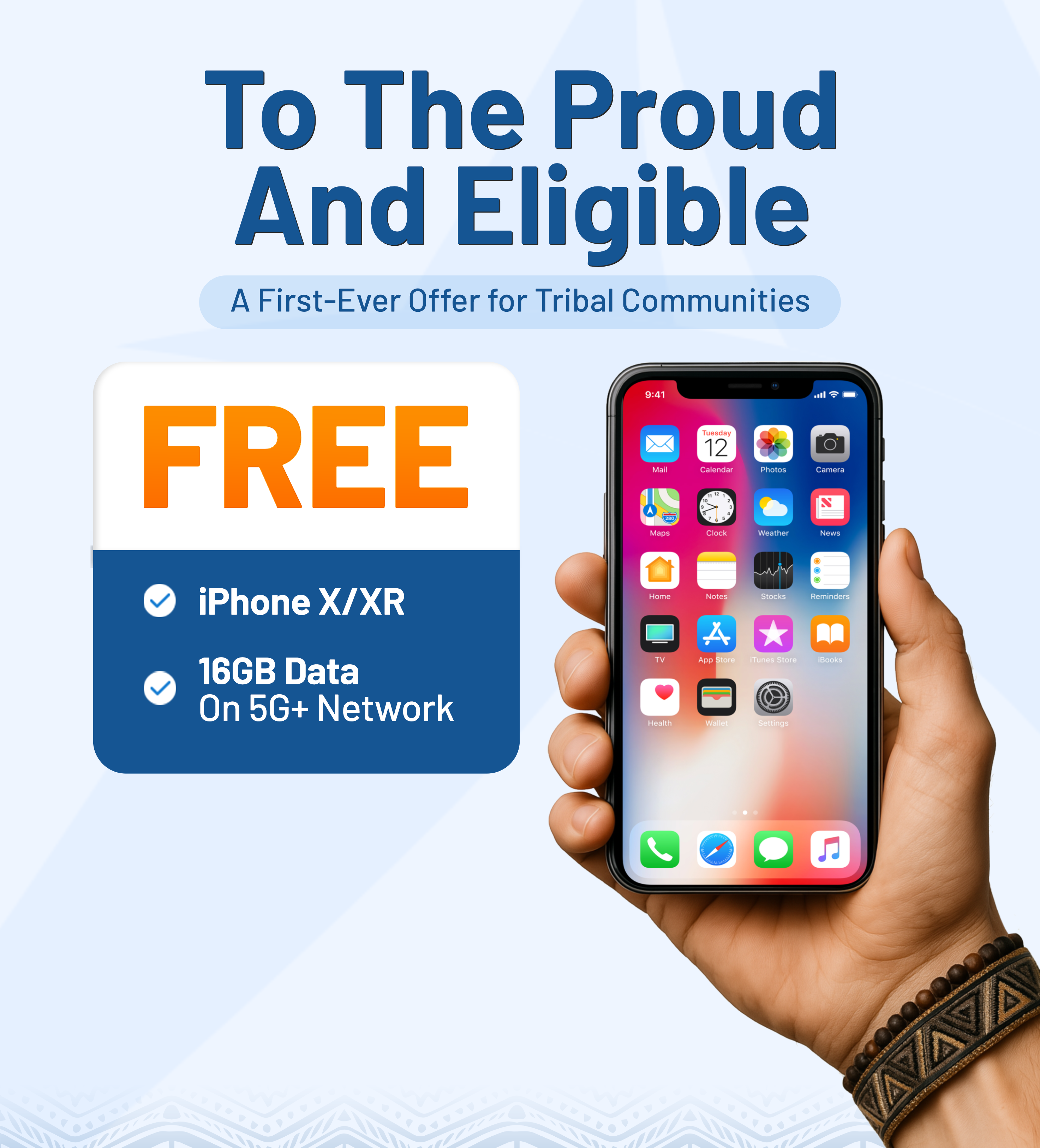In 2023, around 11.1% of the population was living below the national poverty line in the U.S. 7.4% of American households had an annual income of less than $15,000. Globally, approximately 1 billion children are living in multidimensional poverty, as reported by UNICEF.
Given the challenges many face, food stamps, now SNAP, play a vital role in assisting those with limited income in the U.S. In 2024, 12% of the population participated in the SNAP program and more than 62% of SNAP participants were in families with children, according to the Center on Budget and Policy Priorities.
If you want to learn how to apply for food stamps/SNAP, here’s everything you need to know for 2025.
1. What is Food Stamps? Food Stamps Benefits
SNAP, formerly known as food stamps, provides food benefits for low-income people. SNAP benefits are loaded onto an Electronic Benefits Transfer (EBT) card that recipients can use at grocery stores. Do note that SNAP benefits cannot be used to buy tobacco products, alcohol, and non-food items at grocery stores.

SNAP benefits are fully funded by the federal government and administrative costs are shared between federal and state governments who manage the program. SNAP is available throughout the 50 states, the District of Columbia, Guam, and the Virgin Islands. However, it does not operate in Puerto Rico, American Samoa, or the Commonwealth of the Northern Mariana Islands.
People with limited income typically spend their entire money on daily expenses including housing, food, and mobility. While SNAP delivers food assistance, it also enables households to direct their limited funds toward other crucial expenses like housing payments, energy bills, or healthcare costs.
The program allows financially constrained individuals to access more nutritious food options and increases food purchasing power, particularly for meals prepared and consumed at home.
| Household Size | Maximum Allotment |
| 1 | $292 |
| 2 | $536 |
| 3 | $768 |
| 4 | $975 |
| 5 | $1,158 |
| 6 | $1,390 |
| 7 | $1,536 |
| 8 | $1,756 |
| For each additional member | $220 + |
In an average month in 2024, SNAP helped over 41 million Americans with limited resources get the food they need for a healthy diet.
Read more: How To Get Free Phone With EBT Card
2. How to Apply for Food Stamps Online (If You Make $1,600 per Month)
Eligibility depends on meeting your state’s specific requirements, primarily focused on income limits.
2.1. Food stamps eligibility
To get food stamps/SNAP benefits, you need to apply in the state where you live and meet certain requirements, including limits on income and resources.
If your income (based on your family size) is less than or equal to the amounts in the tables below, you may be eligible for SNAP benefits.
Gross monthly income limit for households with no member 60 years or older nor disabled member (130% of Federal Poverty Level):
| Household Size | 48 States, District of Columbia, Guam, Virgin Islands | Alaska | Hawaii |
| 1 | $1,632 | $2,038 | $1,876 |
| 2 | $2,215 | $2,767 | $2,546 |
| 3 | $2,798 | $3,496 | $3,217 |
| 4 | $3,380 | $4,225 | $3,887 |
| 5 | $3,963 | $4,955 | $4,558 |
| 6 | $4,546 | $5,684 | $5,229 |
| 7 | $5,129 | $6,413 | $5,899 |
| 8 | $5,712 | $7,142 | $6,570 |
| Each Additional Member | $583 | $730 | $671 |
Gross monthly income limit where elderly/disabled members are a separate household (165% of Federal Poverty Level):
| Household Size | 48 States, District of Columbia, Guam, Virgin Islands | Alaska | Hawaii |
| 1 | $2,071 | $2,587 | $2,381 |
| 2 | $2,811 | $3,512 | $3,232 |
| 3 | $3,551 | $4,438 | $4,083 |
| 4 | $4,290 | $5,363 | $4,934 |
| 5 | $5,030 | $6,288 | $5,785 |
| 6 | $5,770 | $7,214 | $6,636 |
| 7 | $6,510 | $8,139 | $7,487 |
| 8 | $7,249 | $9,064 | $8,338 |
| Each Additional Member | $740 | $926 | $852 |
If I make $1,600 a month can I get food stamps?
It depends.
- If you’re a single person (household size = 1), the gross monthly income limit is $1,632 in states like California and Kentucky, you would qualify for SNAP benefits.
- If you’re a single person (household size = 1) in Alaska, the limit is $2,038, so you would also qualify.
So, if you’re a single person, you may be eligible for SNAP benefits based on your income. If you have dependents, the income limits will be higher. For example, if your household size is 2, the gross monthly income limit is $2,215, so you would still qualify with your $1,600 income.
However, other factors like resources and expenses may also affect your eligibility. It’s important to apply in your state for a final determination.

2.2. Prepare required documents
You need to provide documentation to apply for food stamps. You’ll have to show proof of identity, residence verification, immigration documentation, household member details, income and asset verification, and evidence of qualifying expenses. Refer to the below documents:
- Identity: Photo I.D., Driver’s License, U.S. Passport, Naturalization Certificate, Birth Certificate, Hospital/Doctor’s Records.
- Residence: Current lease or rent receipt, Statement from Landlord, Mortgage Records, School Records.
- Household Composition/Size: Statement from Non-Relative Landlord or Community Organization listing household members.
- Age: Birth Certificate, Baptismal Certificate.
- Social Security Number: Social Security Card, Official SSA Correspondence.
- Citizenship: Birth Certificate, U.S. Passport, Naturalization Certificate.
- Immigration Status: USCIS documentation (green card, stamped visa), Evidence of continuous U.S. residence since 1/1/72.
- Earned Income: Current pay stubs, Letter from employer listing earnings, tax returns, or self-employment records.
- Unearned Income: Family Court statement, Award letter, SSA or VA correspondence, Unemployment Insurance Benefit statement.
- Resources: Bank or credit union records, stock/bond certificates, property deed, life insurance documents, vehicle registration/title.
- Disabled/Incapacitated: Current SSA/SSI benefits statement, Signed letter from a doctor or medical professional (including contact info).
- Referral: Signed letter from treatment provider (including contact info and treatment details), Letter from an employment service program with contact info.
- School Attendance: Current school records (e.g., report card or letter), W-700E School Attendance Verification Letter, Letter from college or university.
- Shelter and/or Utility Expenses: Current rent receipt or lease, Mortgage records, Property/tax records, Sewer and water bills, Homeowner’s insurance records, Fuel bills, and Telephone bills. (Even if payments aren’t up to date, proof of shelter expenses is required.)
- Medical Bills (for elderly or disabled): Copies of medical bills (paid/unpaid), Statement from health insurance provider (including premiums), Medicare Prescription Drug Card.
- Health Insurance: Insurance policy or card, Statement from insurance provider of coverage, Medicare award letter.
- Dependent Care Costs/Other Expenses: Court order, Statement from day care provider, Statement from aide or attendant.
2.3. Submit your food stamps application
To start your application, get in touch with your state or local SNAP office. You can apply in different ways depending on your state. Options include applying online, in person, by mail, or by fax.
You might need to have a screening interview before you get approved for benefits. Each state has its own way of handling applications, but they all follow federal rules. You can hand in your paperwork at local SNAP offices or send it by mail. Almost every state lets you apply online.
3. Lifeline: Best Government Phone Program for Low-Income People
Lifeline is a government program that helps low-income households afford phone and internet services. Since 1985, it has provided eligible people with a monthly discount. The regular discount is up to $9.25 per month, and those living on Tribal lands can get a higher discount of up to $34.25 per month.
If you or someone in your household participates in food stamps/SNAP, you can qualify for Lifeline and receive a free government phone along with affordable phone service.
For you: Step-by-step how to apply for the Lifeline program
FAQs
What disqualifies you from getting food stamps in Texas?
- Income limit (check section “Food stamps eligibility”)
- Adults aged 18 to 52 without children only receive benefits for 3 months in 3 years unless they work at least 20 hours per week or are in an approved job or training program. Some exceptions apply to people with disabilities or those who are pregnant.
- People without documented immigration status or certain lawful immigrants.
- People with drug-related felony convictions.
- Adults aged 16 to 59 must follow work rules, like job searching or participating in an approved work program. Quitting a job without a valid reason can disqualify you from food stamps benefits.
Can I get food stamps if I make $4000 a month?
It depends on your household size and other factors. Based on the general income limits for food stamps, if you make $4,000 a month and have a household size of 4, you may still qualify for food stamps benefits. It’s best to check the specific guidelines or apply to see if you qualify.
Does SNAP check your income?
SNAP eligibility depends on meeting your state’s specific requirements, primarily focused on income limits. The program does check your income to determine if you’re eligible for SNAP benefits. When you apply for SNAP, you’ll need to provide proof of your income, such as current pay stubs, a letter from your employer, tax returns, or self-employment records.
Can a homeless person get food stamps in Florida?
A homeless person can get food stamps/SNAP benefits in Florida. They must meet certain requirements to qualify.
Also read: Free Programs for SNAP Recipients: How to Access Benefits
Conclusion
Food stamps (SNAP) is an important support for individuals and families with financial difficulties. It helps cover basic food needs, ensuring participants have access to nutritious meals. The program plays a vital role in reducing hunger, improving health, and providing stability.


